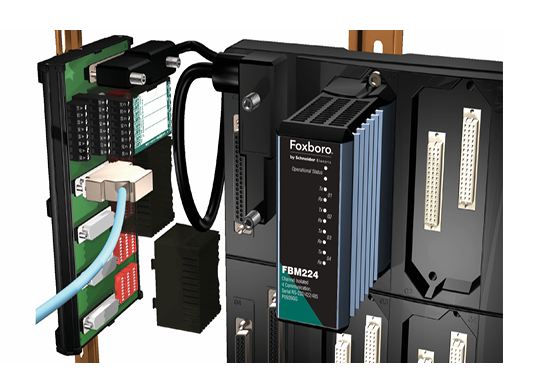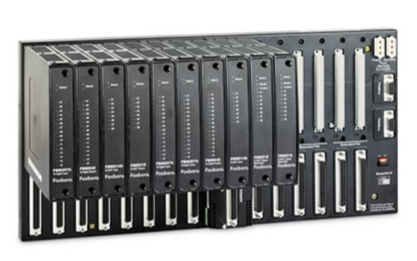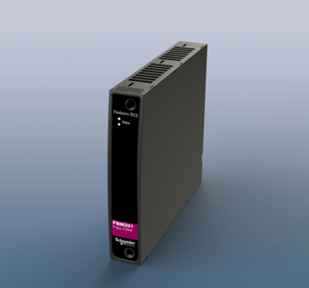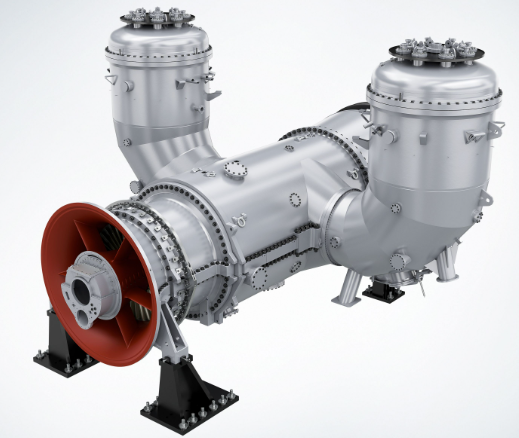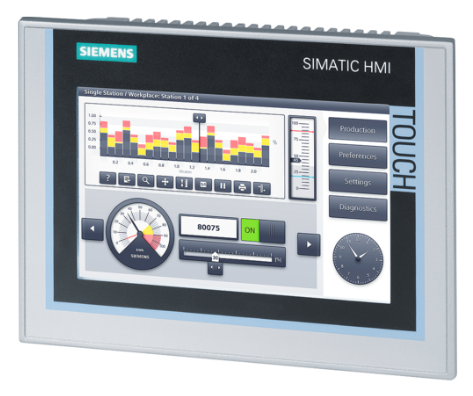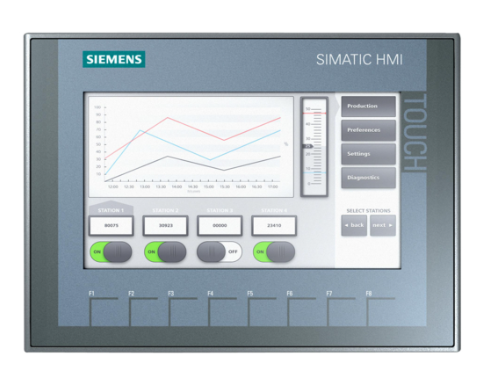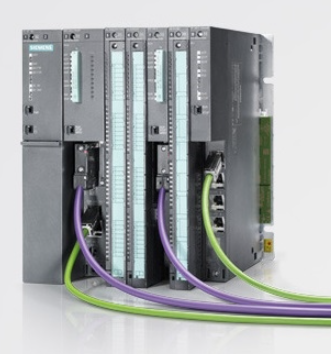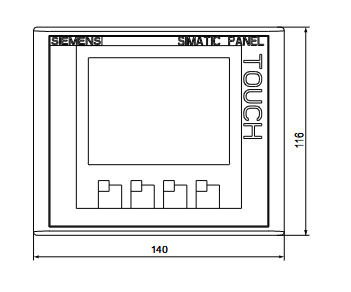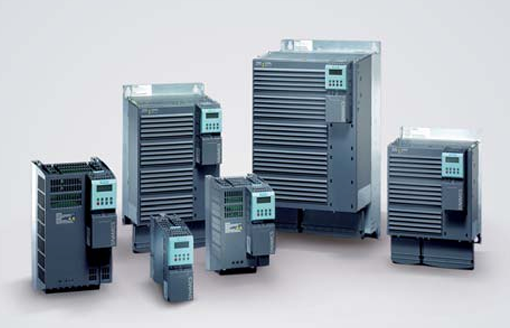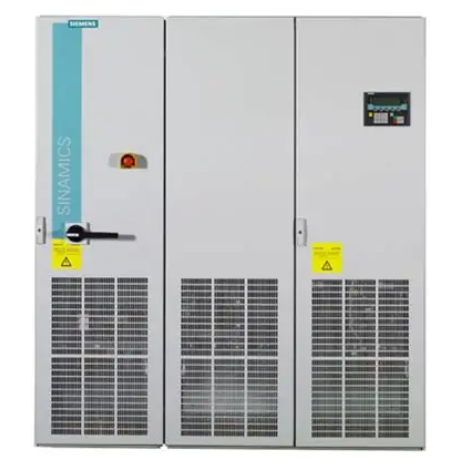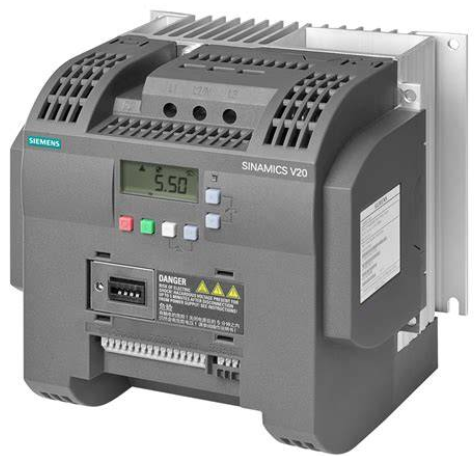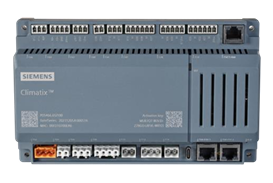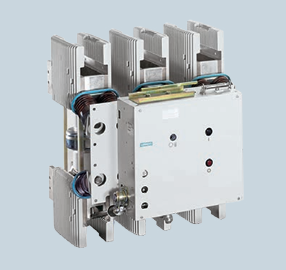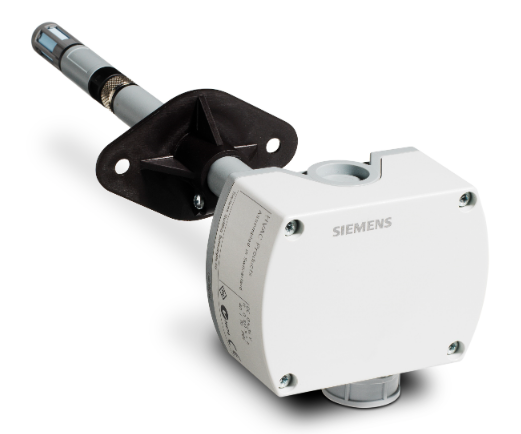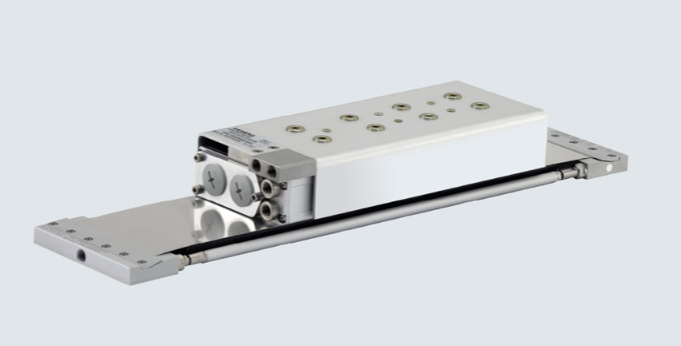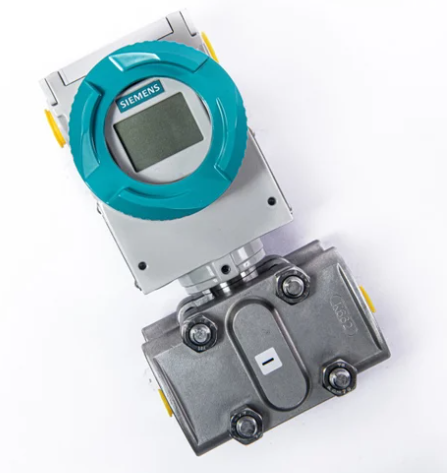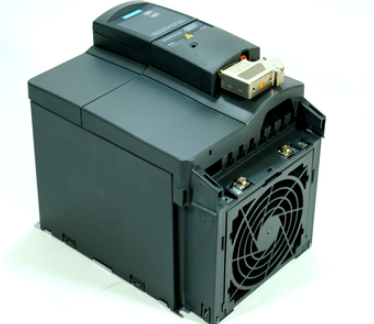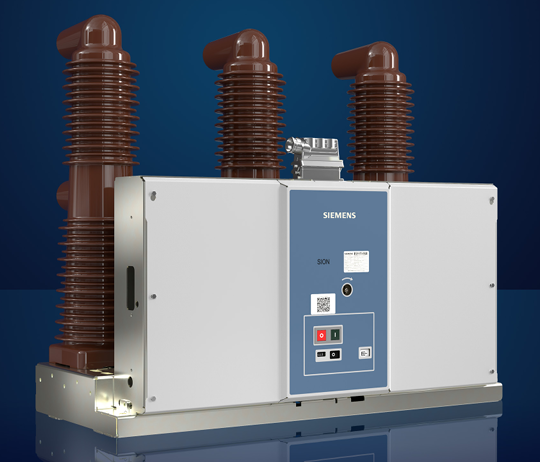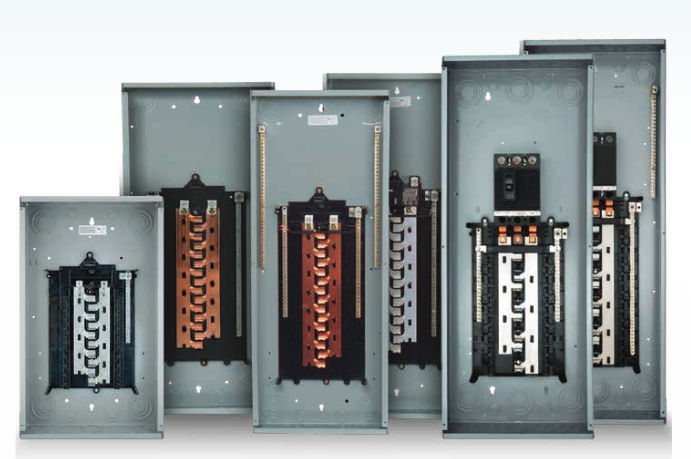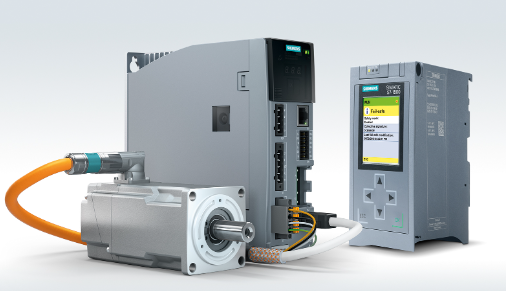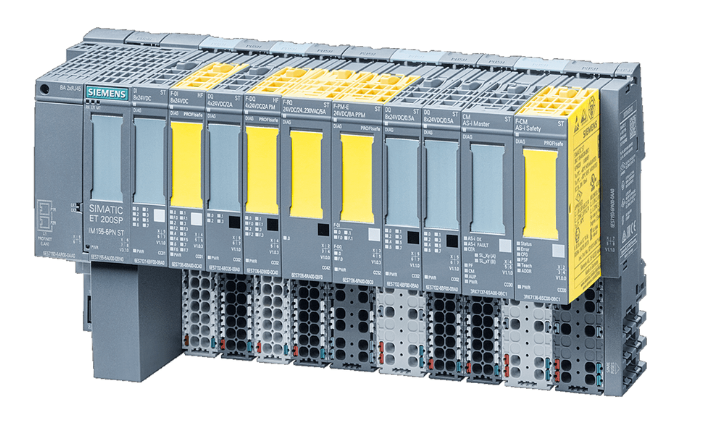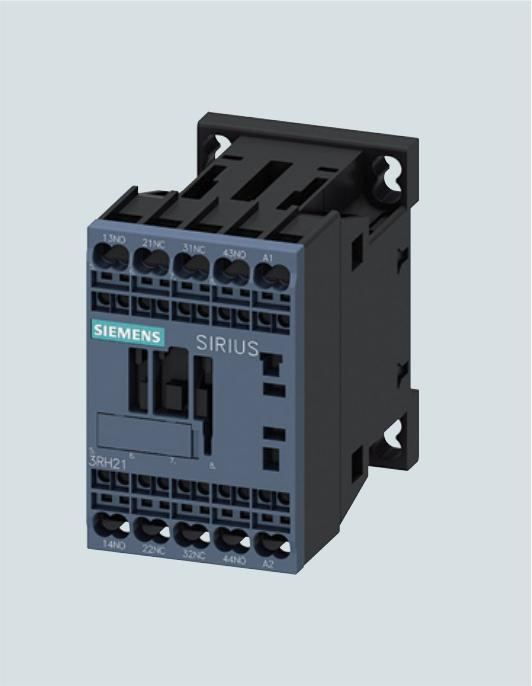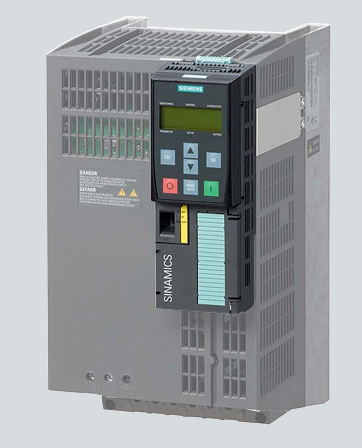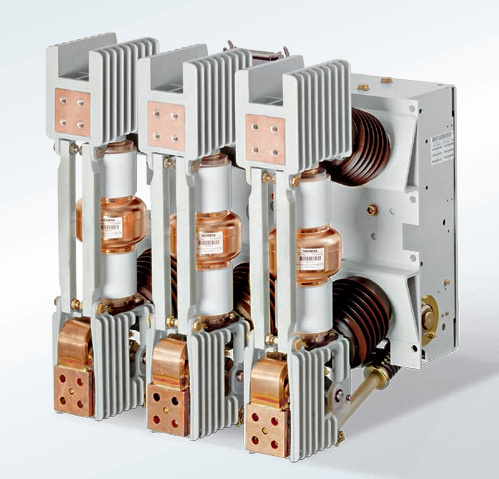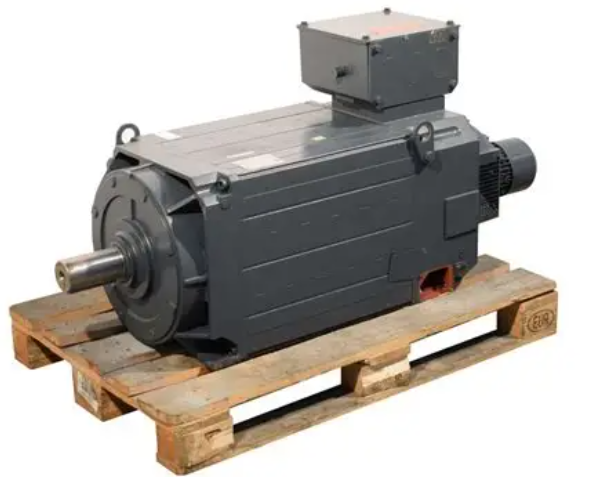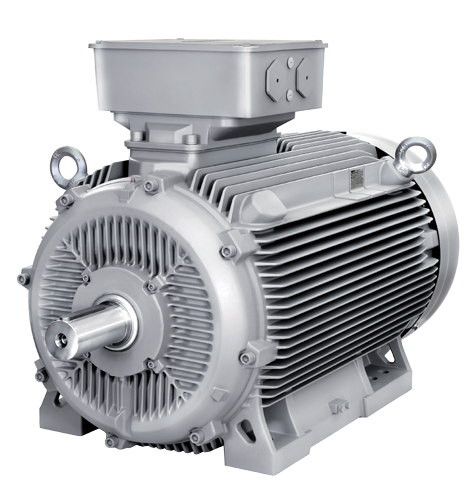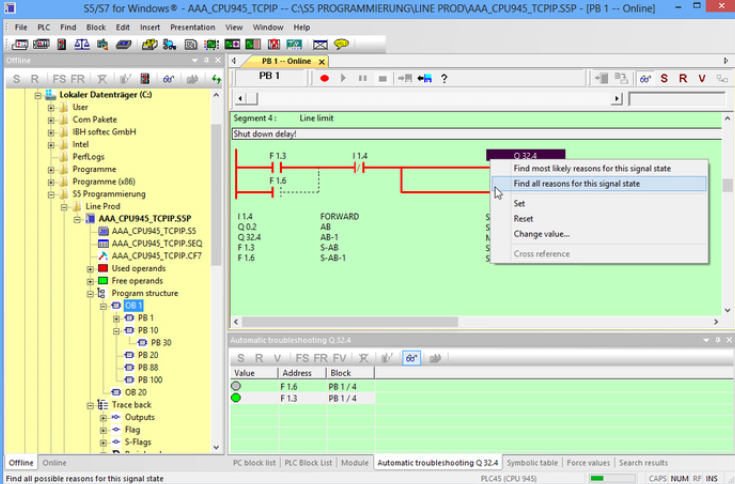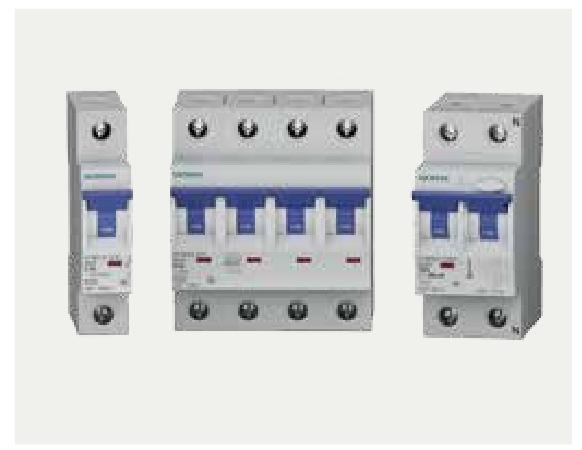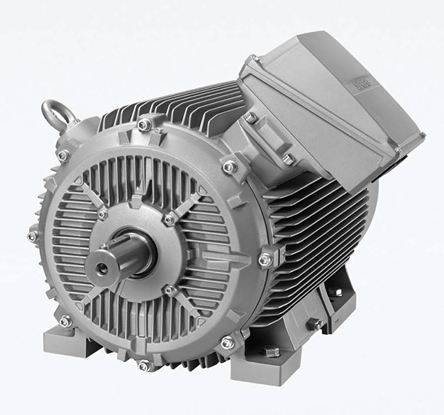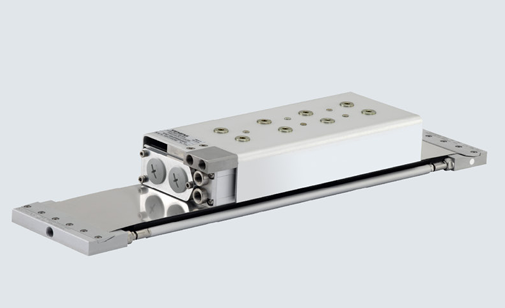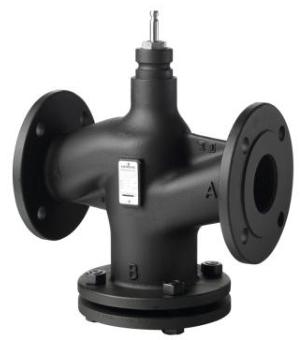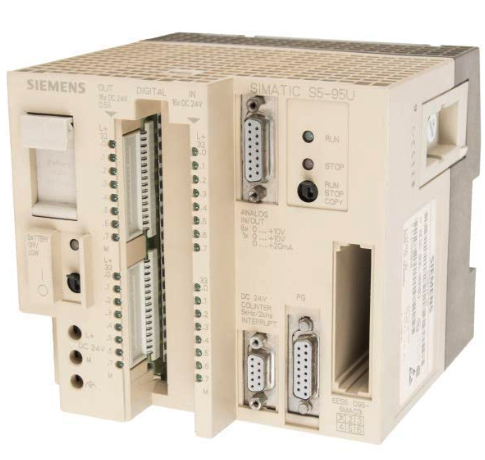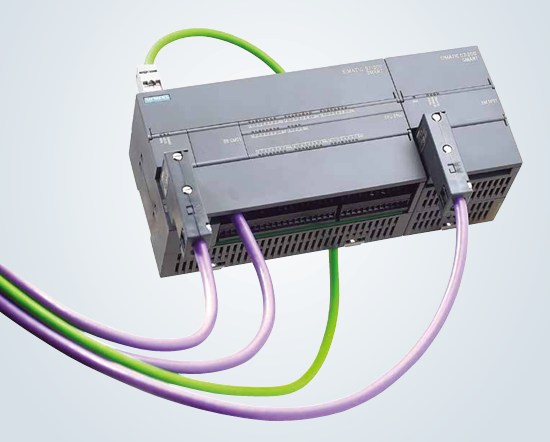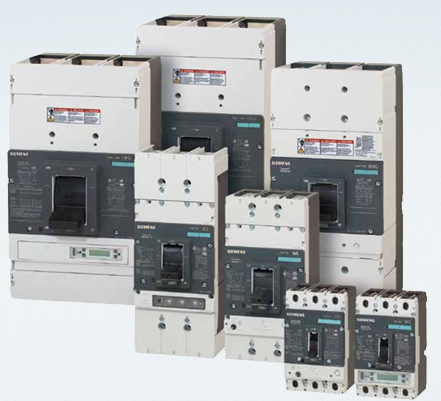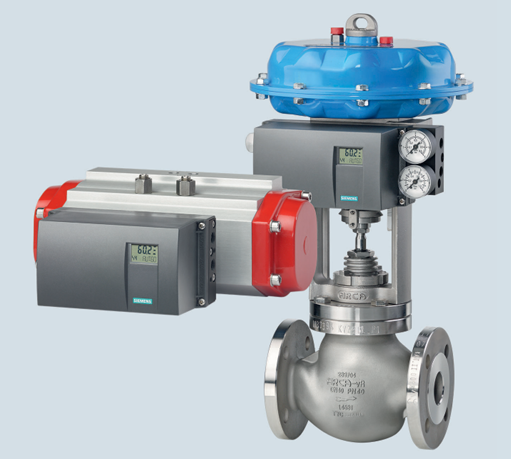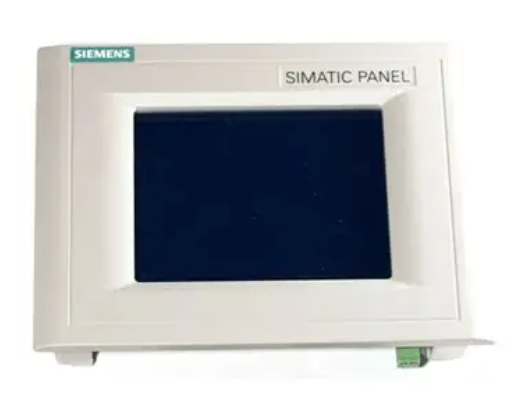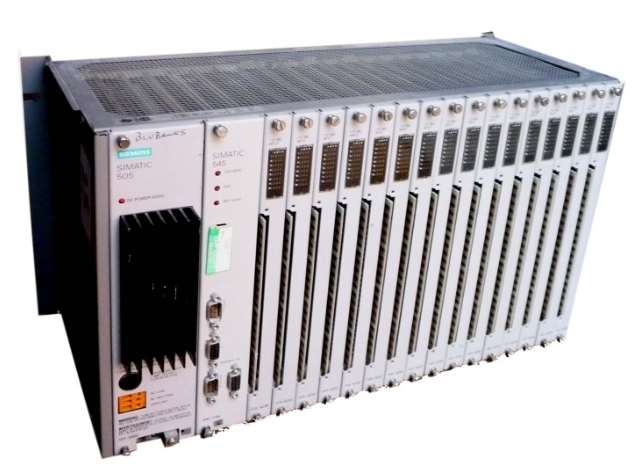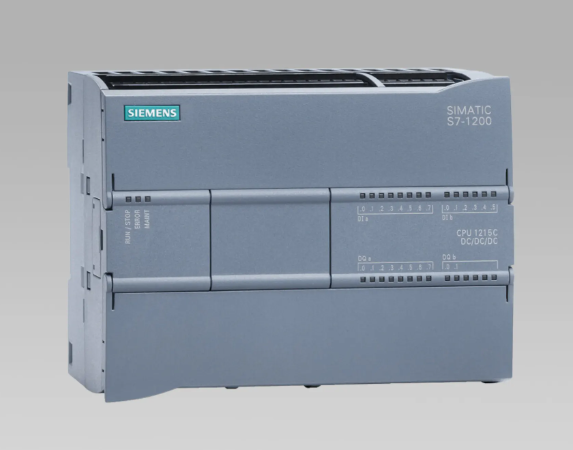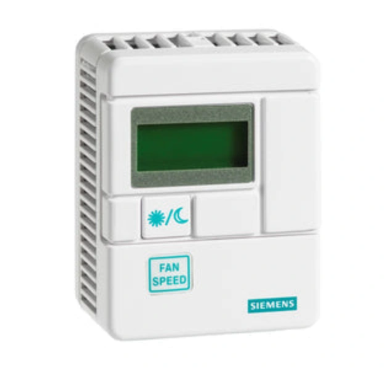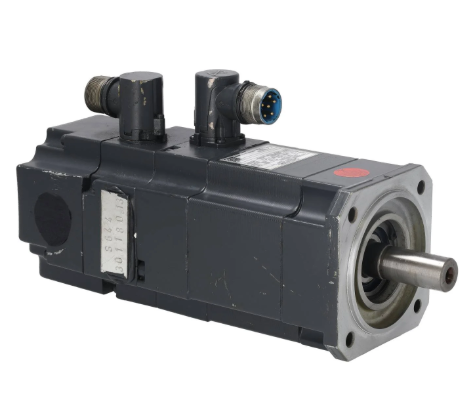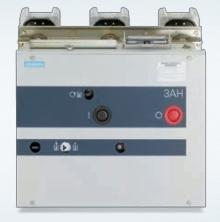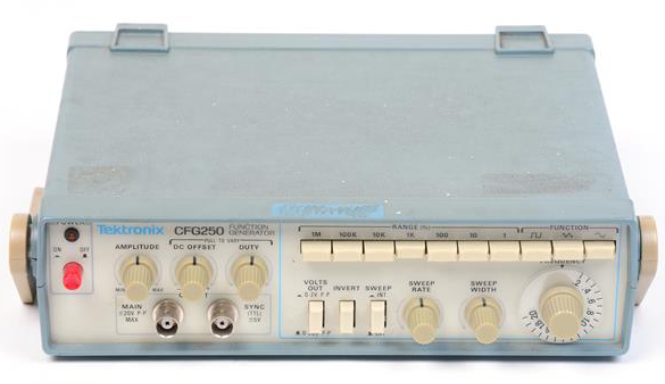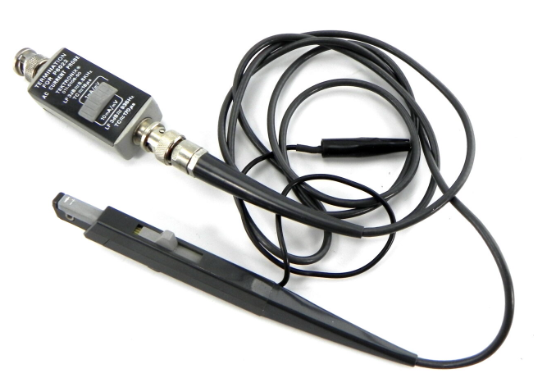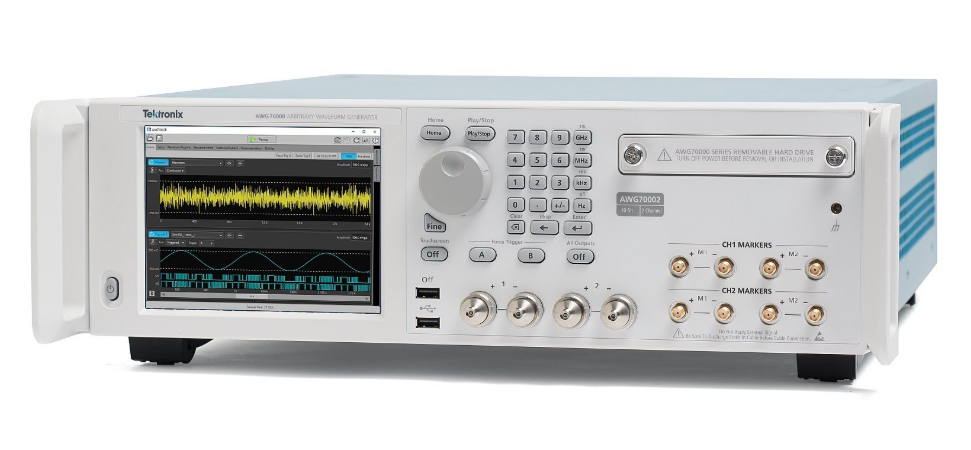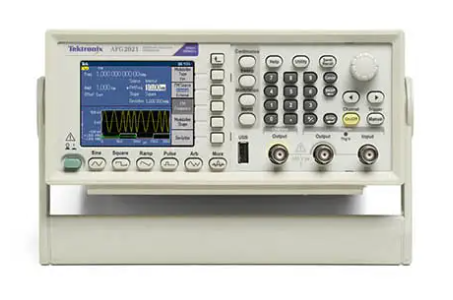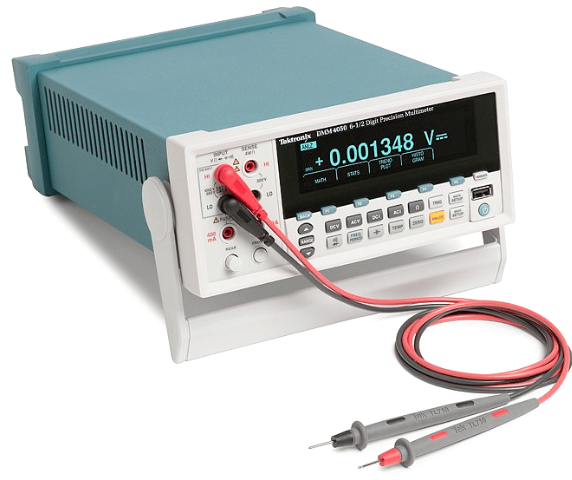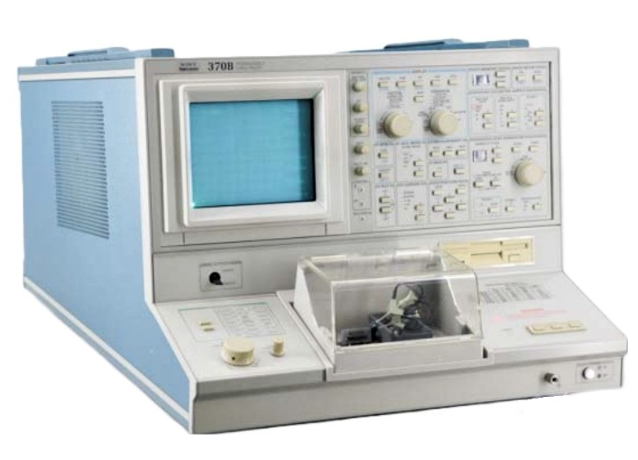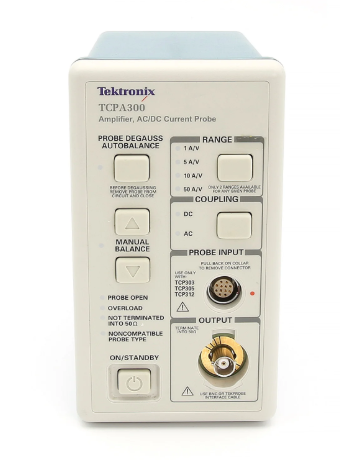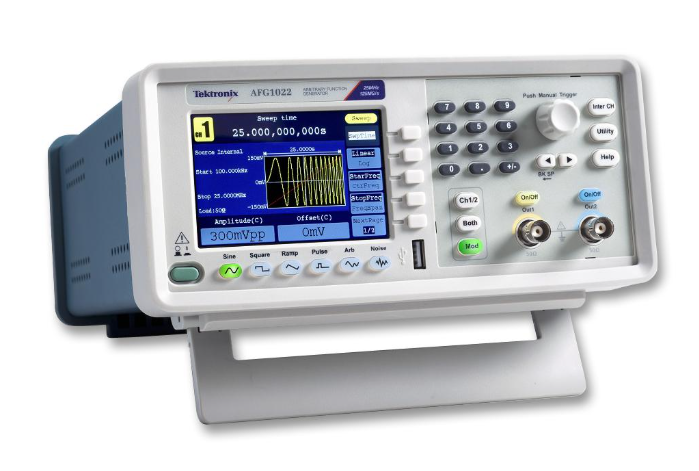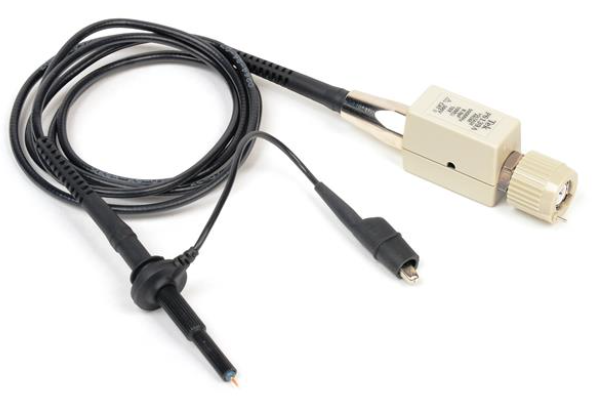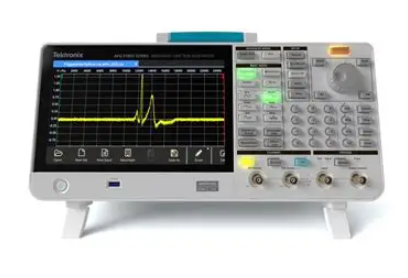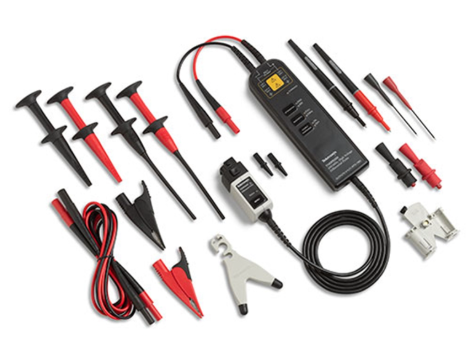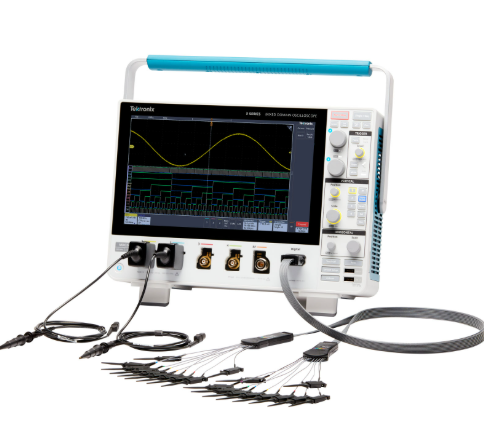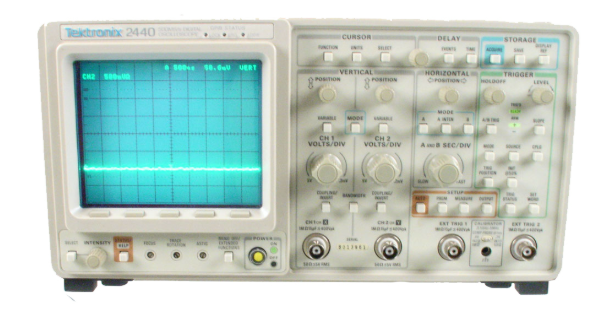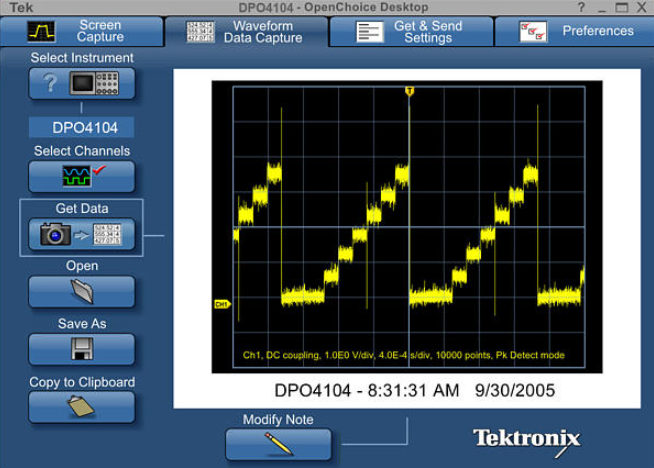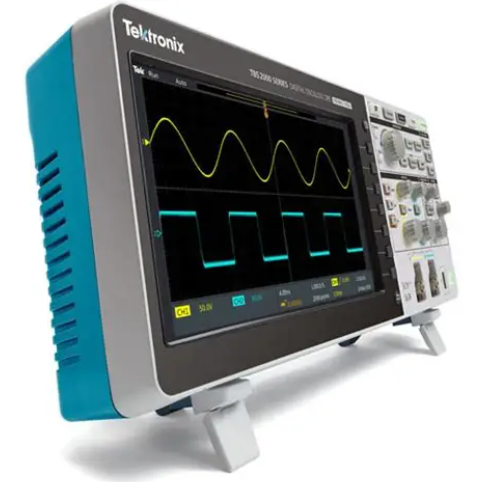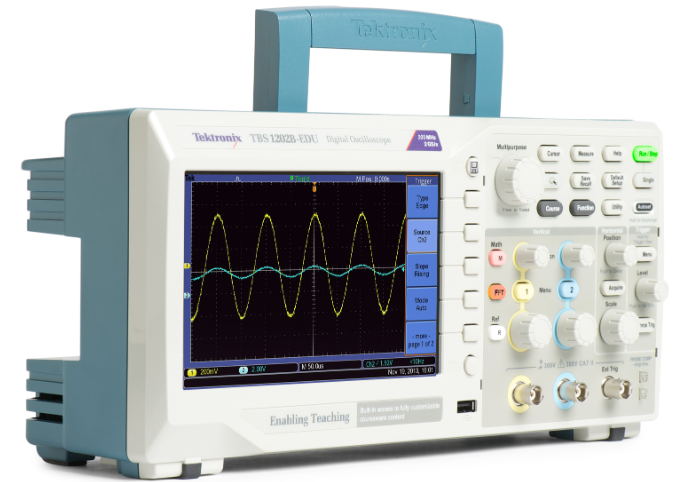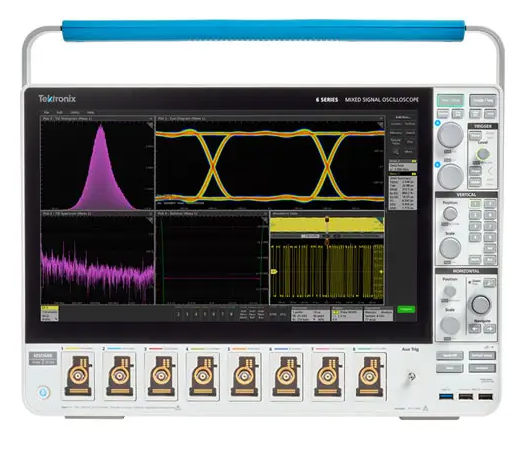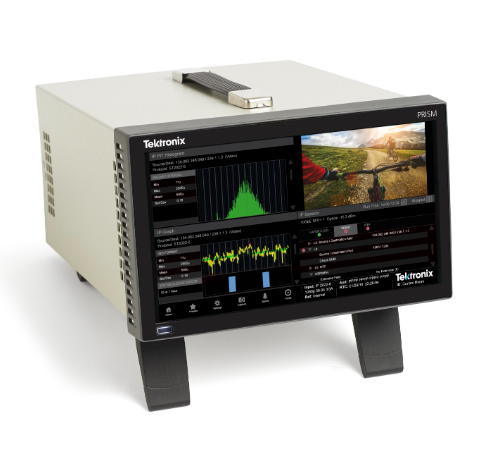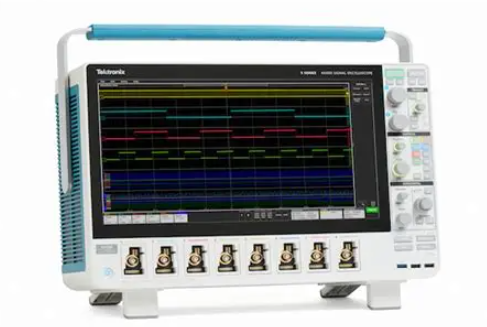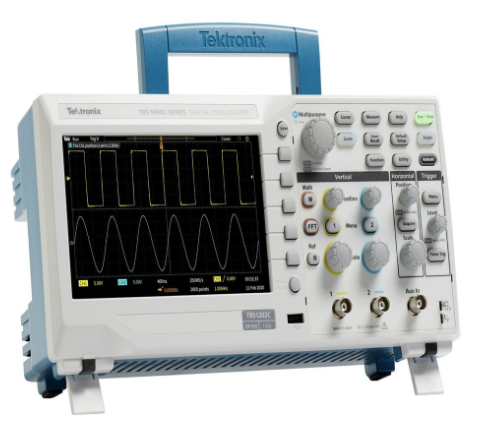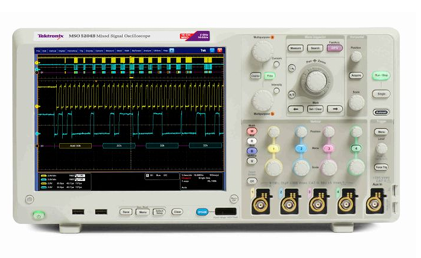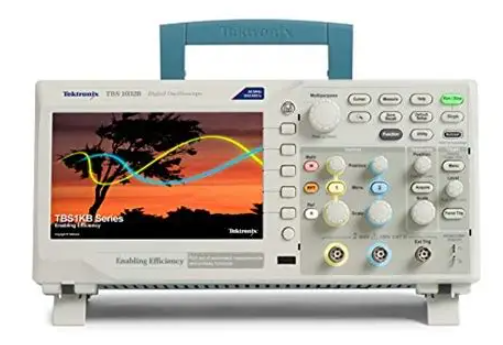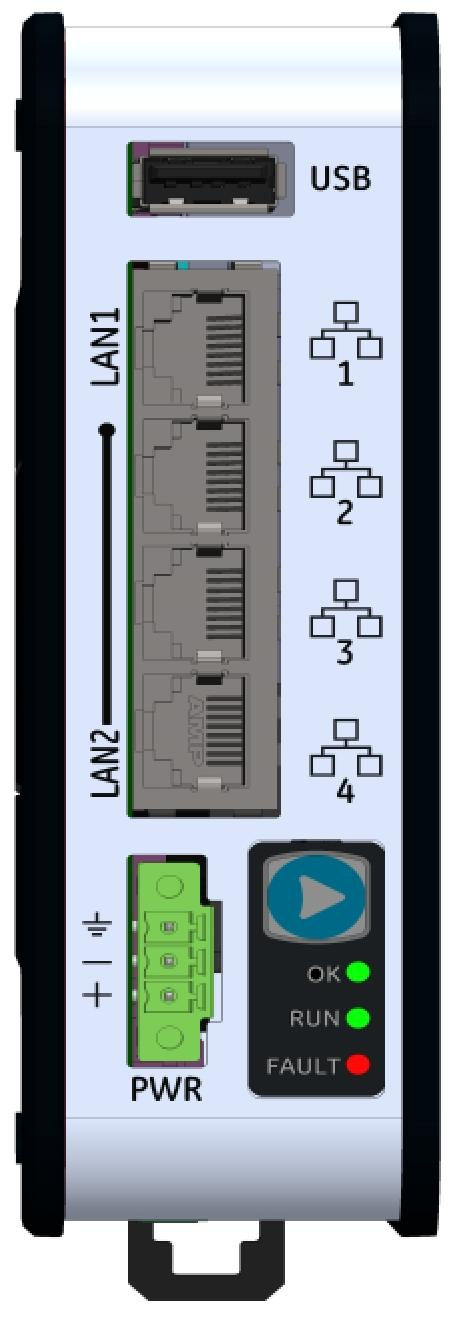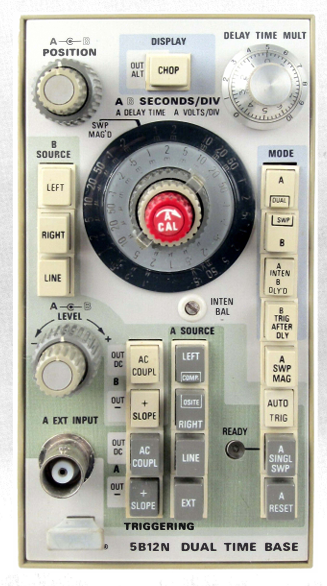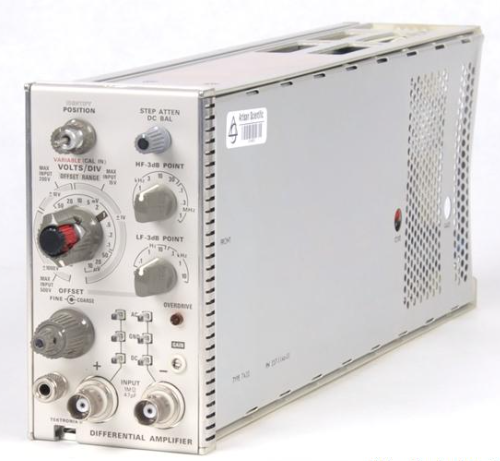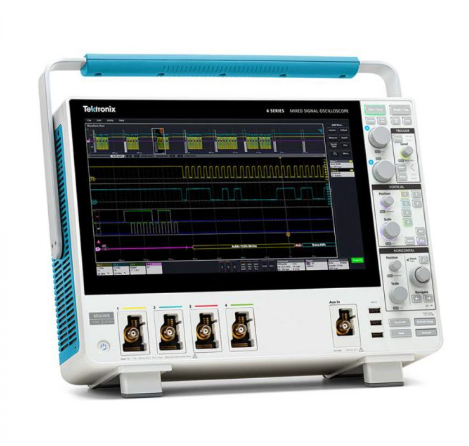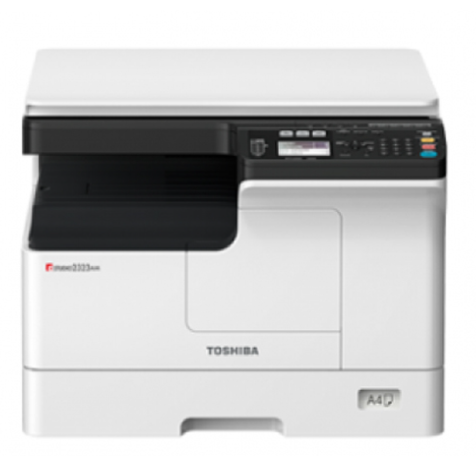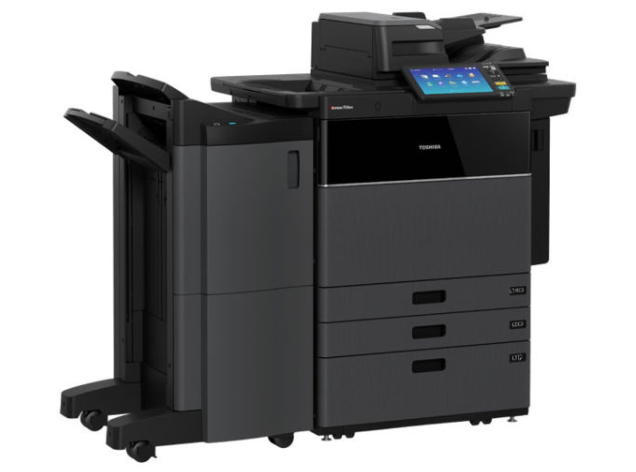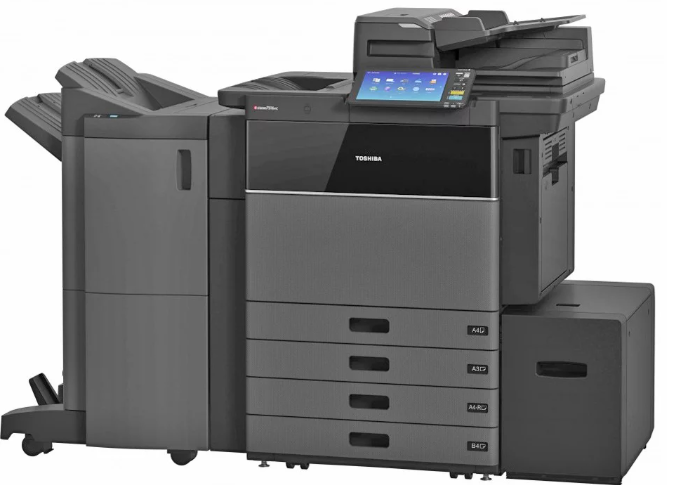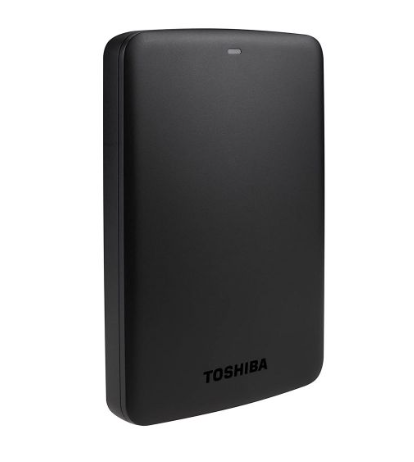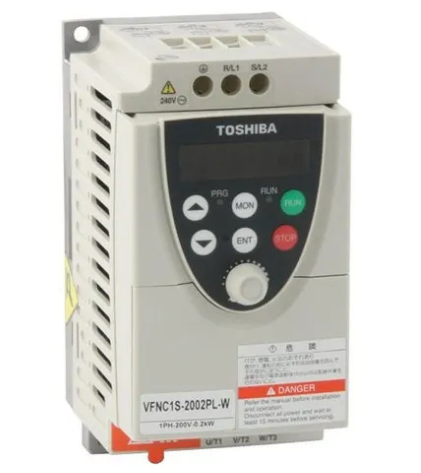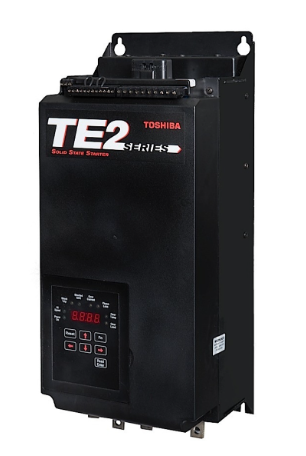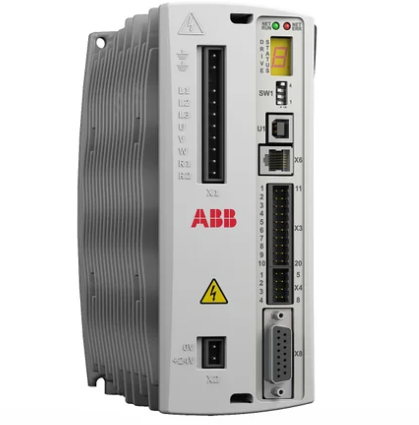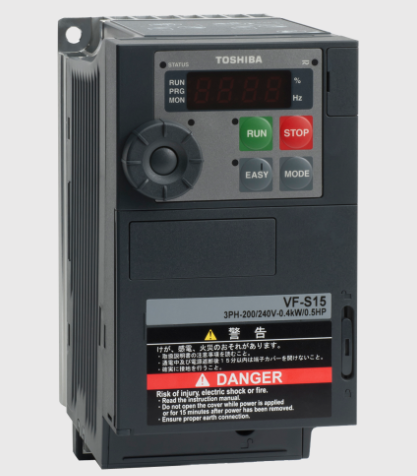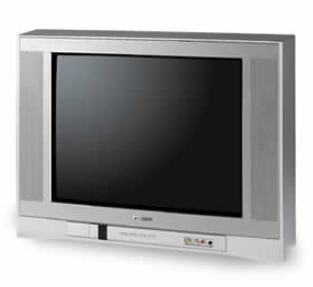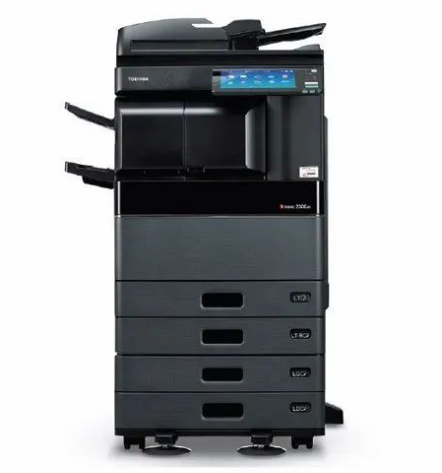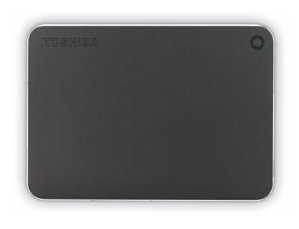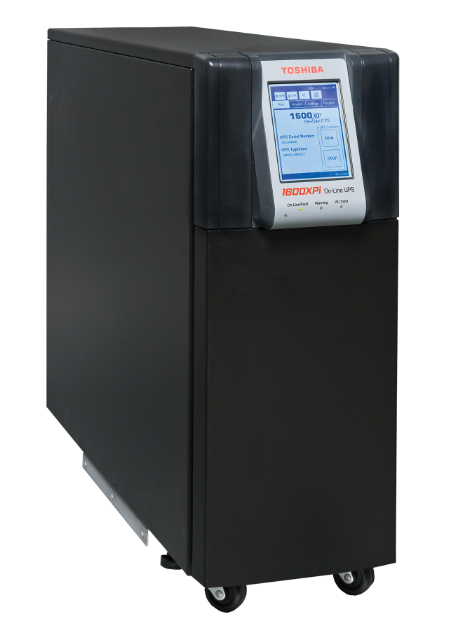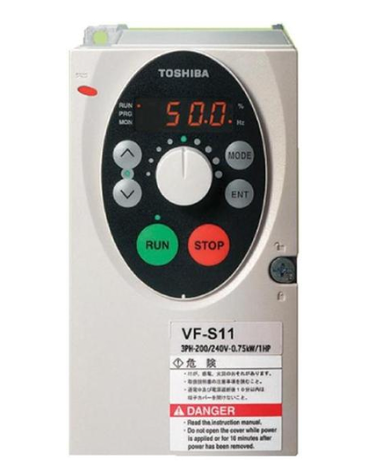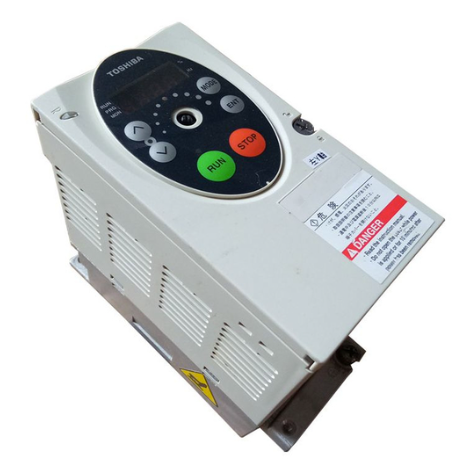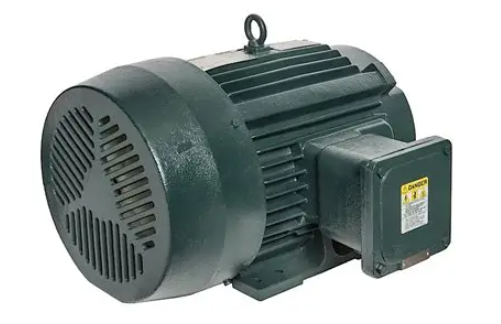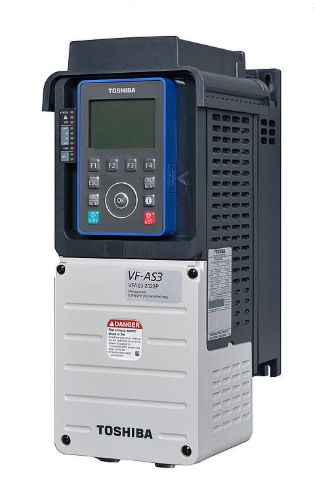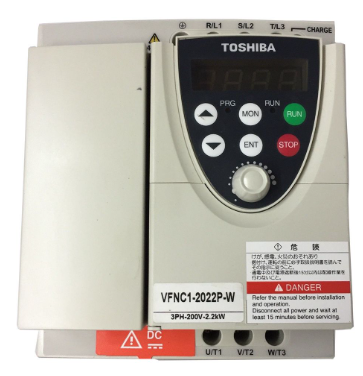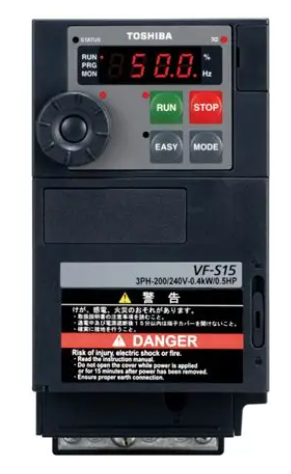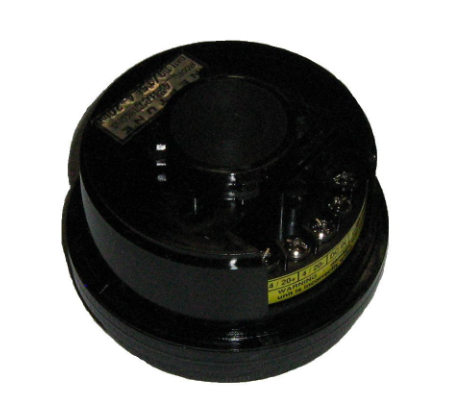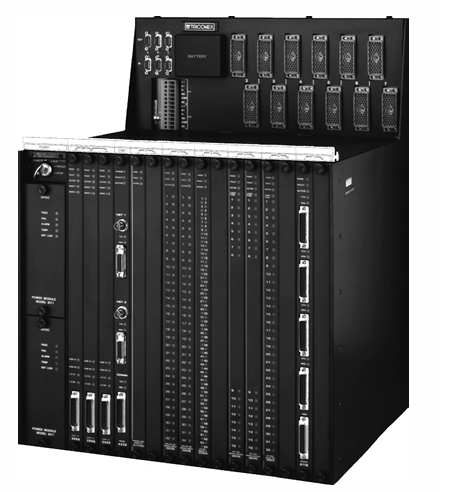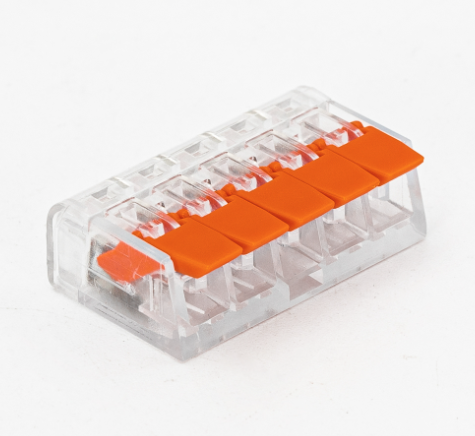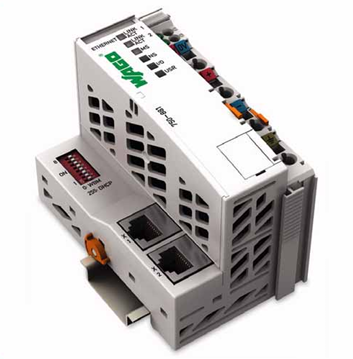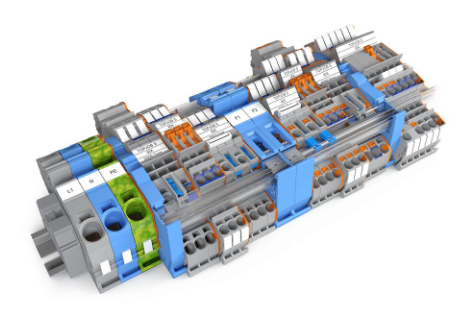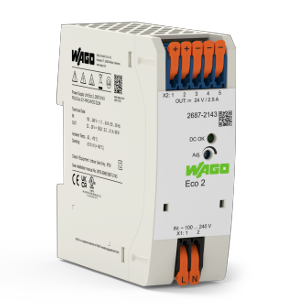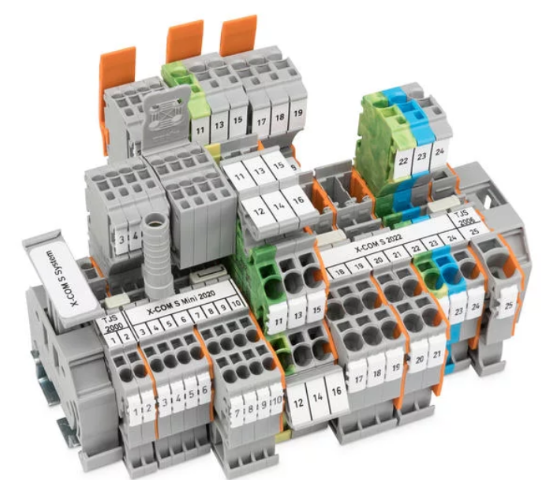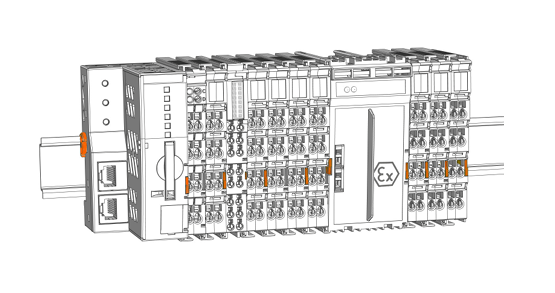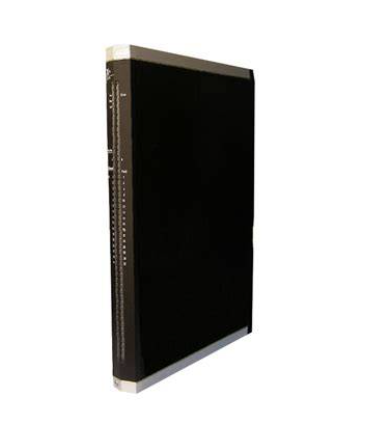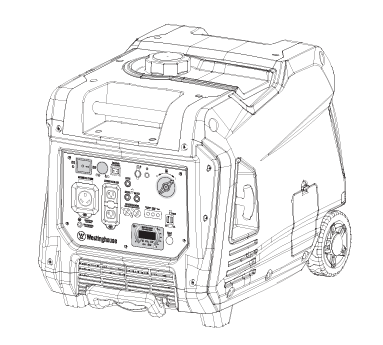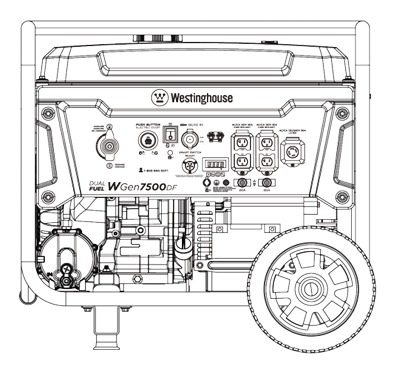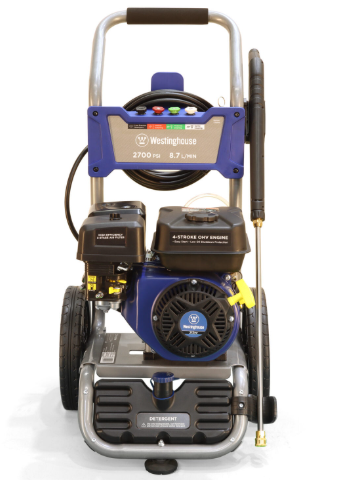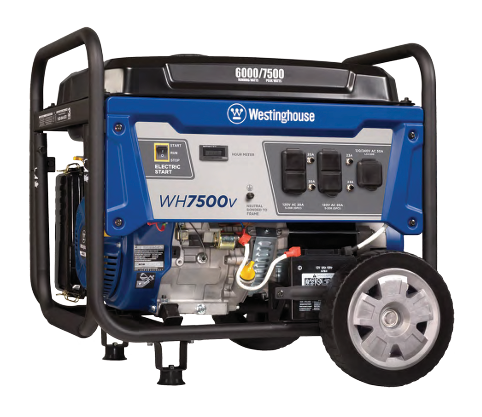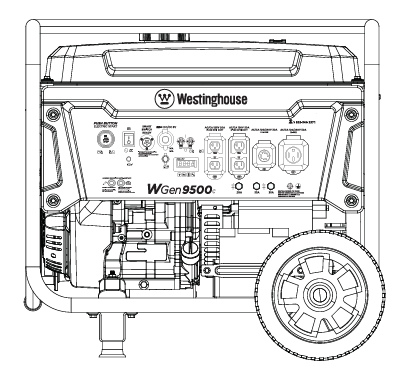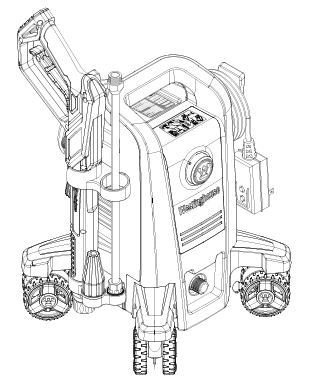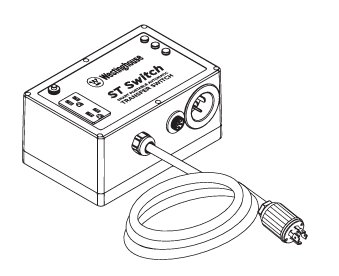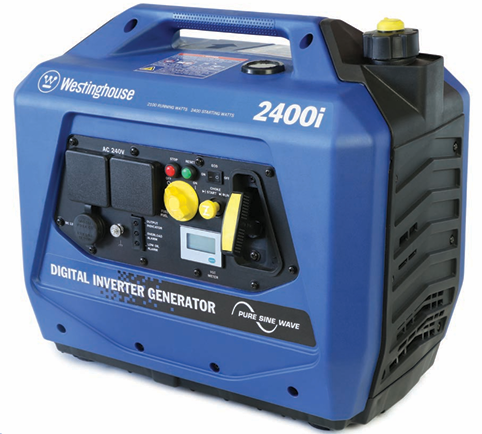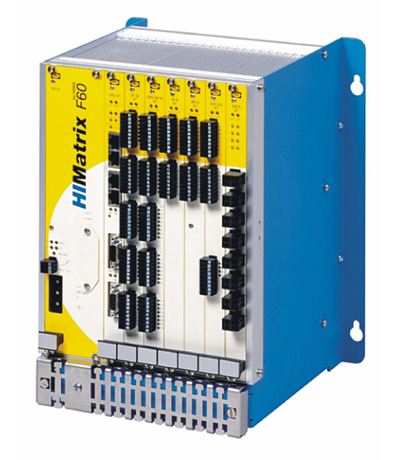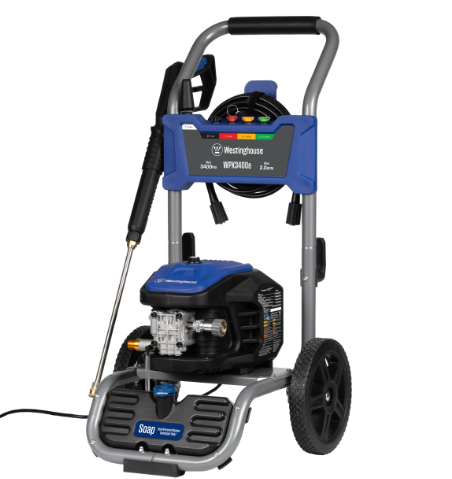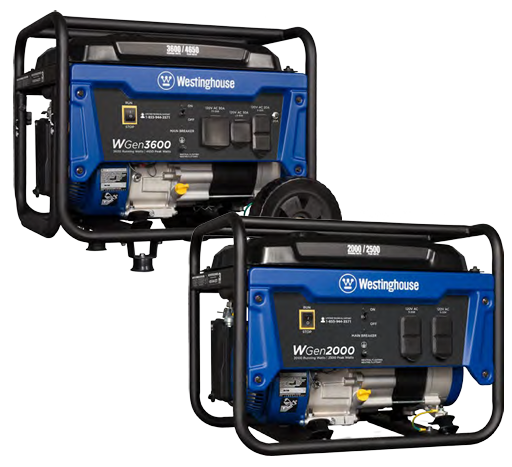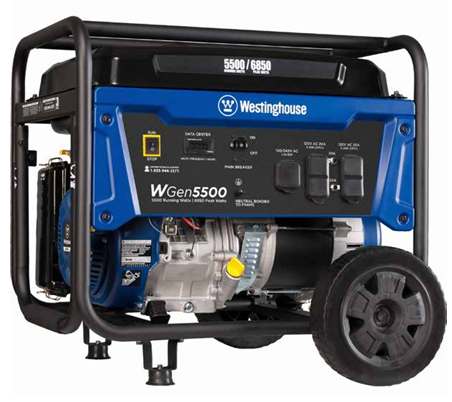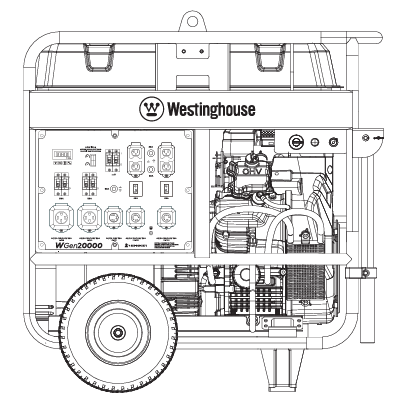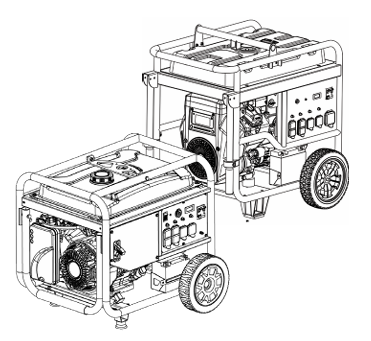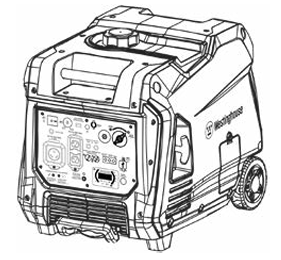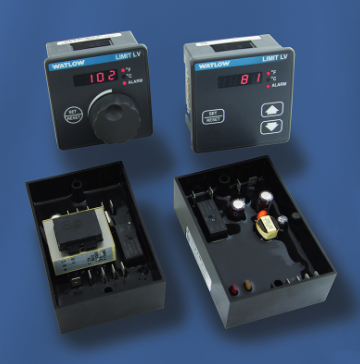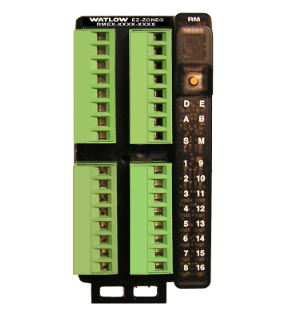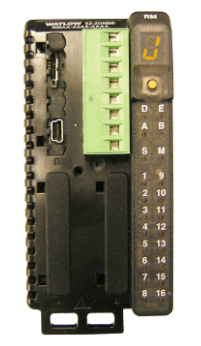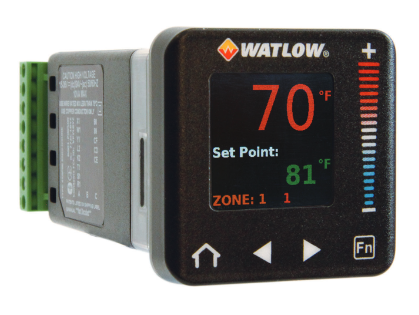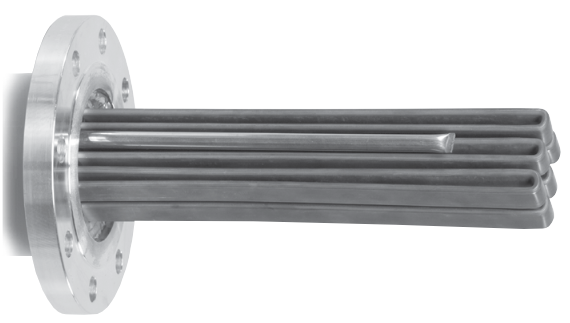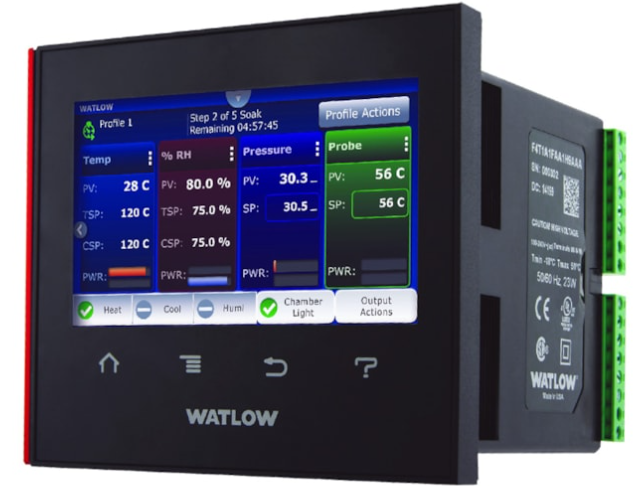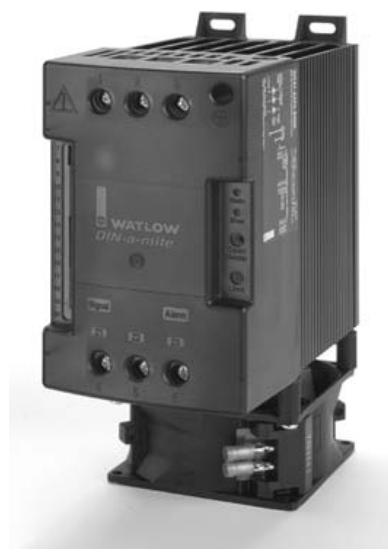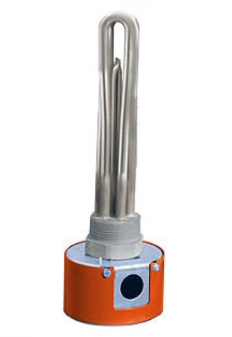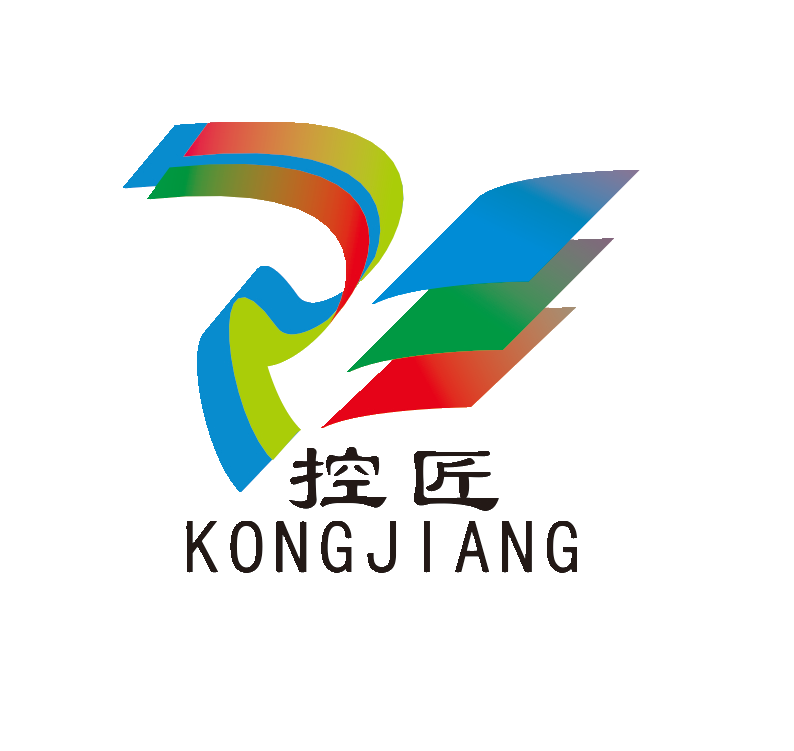

K-WANG


- Telephone:+86-15305925923
- contacts:Mr.Wang
- Email:wang@kongjiangauto.com
ABB PVT 01 Keyboard Adaptor PVT 01 H&B Contronic
Functional features
Stable power output
Voltage stability: It is capable of delivering a stable DC voltage, e.g. a common output voltage specification may be 24 V DC. The output voltage is highly stable and fluctuations can be controlled within a small range, e.g. ±1% - ±3%, which ensures the normal operation of the connected equipment. Because many automation equipment on the power supply voltage stability requirements are very high, small voltage fluctuations may affect the performance of the equipment or even cause damage.
Current supply capacity: a certain amount of current output capacity to meet the needs of multiple devices at the same time. Its output current size depends on the specific model, for example, it may reach 10A - 20A or so, which makes it possible to provide enough power for multiple sensors, controllers and other equipment.
Multiple Protection Mechanisms
Overcurrent protection: Built-in overcurrent protection. When the output current exceeds the rated current value, the power supply will automatically take protective measures, such as cutting off the output or reducing the output power, in order to prevent equipment damage due to overcurrent. For example, if the rated current is 15A, the protection mechanism may be activated when the output current reaches about 18A.
Overvoltage protection: For possible overvoltage conditions at the output, such as an increase in voltage due to an external circuit failure, the power supply module is able to respond quickly and protect the connected equipment. It will stop the output or otherwise limit the voltage to a safe range to avoid equipment damage from high voltage.
Short-circuit protection: In the event of an accidental short-circuit at the output, it can quickly detect the short-circuit condition and take protective measures. It will limit the short-circuit current to prevent fire and other safety accidents caused by short-circuit, and at the same time protects its own internal circuit from damage. After the short-circuit condition is removed, the power supply can usually resume normal operation automatically.
Reliability and Durability
High-quality components: High-quality electronic components and advanced circuit design are used to ensure the reliability of the power supply. These components are strictly screened and tested to maintain stable performance in long-term operation.
Adaptability to the environment: It can work normally in a wide temperature range and humidity range. For example, the operating temperature range may be - 10℃ - +50℃, and the relative humidity range may be 10% - 90% (non-condensing), which makes it adaptable to different industrial environments.
Long Mean Time Between Failure (MTBF): It has a high MTBF, e.g. it may reach more than 50,000 - 100,000 hours, which means that it seldom breaks down under normal use, reducing equipment downtime and maintenance costs.
Technical Parameters
Input Characteristics
Input Voltage Range: Usually able to adapt to a wide range of input voltages, such as 85V - 264V AC (alternating current), 50/60Hz, which makes it possible to work normally under the power standards of different countries and regions, and to adapt to a certain degree of fluctuations in the grid voltage.
Input Power Factor: The power factor is generally high, e.g. it may reach above 0.9, which helps to improve the efficiency of the power system and reduce the loss of reactive power.
Output characteristics
Output power: The output power depends on the specific output voltage and current, for example, if the output voltage is 24V DC and the output current is 15A, then the output power is about 360W. It can provide power support for different power devices according to the actual application requirements.
Ripple coefficient: The ripple coefficient of the output DC voltage is low, generally around 1% - 3%, which indicates that the purity of the output voltage is high, and it can provide stable power for the equipment with high requirements on power quality.

| User name | Member Level | Quantity | Specification | Purchase Date |
|---|






